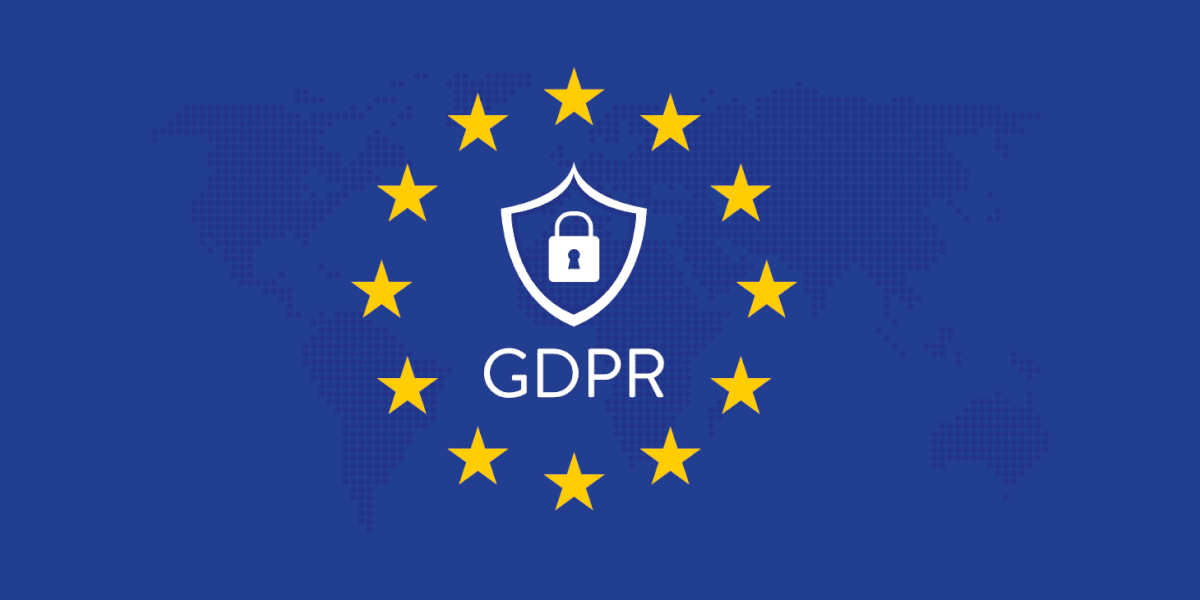We hear a lot about data these days, and it can seem overwhelming knowing that almost anything can be figured out about us based on our real life and online behaviors. In order to help marketers and nonprofit professionals deal with this avalanche of possibilities, we wanted to touch on a few areas of this rapidly growing field to help cut through the noise and provide actionable steps to harness this power responsibly. This article will briefly examine three areas that we believe will make a marked difference in how your organization uses data: Personas, Journey Mapping, and a quick word about GDPR.
Personas
When we are looking at all the possible ways to leverage data, an incredibly useful strategy is building personas around the data you collect. The biggest thing we need to establish when building personas are specifics about the needs of each particular type of person who purchases your product or interacts with your organization. The following questions can help you get started.
- What are the needs and wants of the specific target audiences?
- What do they need that they are not currently getting fulfilled by alternative products or services?
- How are they wanting to fulfill those needs specifically?
- What things are preventing them from getting what they want now?
In many cases, we ask too many different questions instead of focusing on these core aspects of each persona. This can either create too narrow a set of traits or the reverse, making too broad a generalization about the specific needs of the groupings. Examples of personas could include “Empty Nester Erin,” “Young Professional Pete,” “Early Adopter Adam,” or “Skeptical Student Susan” or really anything that can identify the characteristics, life stages and motivations of a cross-section of your audience. (They don’t have to be alliterative, but we have our fun (;

We find focus groups, surveys and in-person primary research to be exceptional sources of real world data, but also recommend conducting secondary research including online behavior modeling, affinity group comparisons, and leveraging other existing studies about how those groups behave. We like to drill into the areas of concern and focus on things like the attitudes each group demonstrates about a particular issue (how are they speaking about the issue IRL and online?). This helps bring us into their mindset beyond just consumption.
Our team also looks into the specific ways each persona consumes information, the sources and manners of their research practices and the general information consumption patterns unique to each group in order to better understand how they get the information they require. It’s particularly useful to spend time with these groups as you are gathering data instead of relying on a third party to tell you how your audience is consuming information.
Journey Mapping
Another tool that we use all the time at Firespring is the Journey Map. Simply put, a Journey Map is a diagram that identifies all the stops between getting to know about a potential need to an individual purchasing a good or service and beyond that purchase into their enjoyment or displeasure post-consumption.

While you and your team can break down this journey in any way that suits your customer or audience’s unique evaluation process, we generally want to make sure that we are breaking down the stages into moments based on your audience’s perspective, not the perspectives of the marketer. Usually these phases include Research, Evaluation/ Comparison, Commitment, Use and Reflection/ Review. Breaking down the different aspects of how decisions are made by real people at every step of the process will help ensure that we are considering real data points in real people’s lives, not pondering theoretical questions we hope they are considering.
When assembling your journey maps for the different personas you have identified, it’s important to consider research-based data capture strategies so we are not mixing behaviors of one group with another group for whom those behaviors do not apply. Once we have confirmed specific characteristics and patterns of behavior, we can use that data to clearly outline our hypothesis about how these behaviors manifest in the real world. Then we can leverage existing customer data to reconcile our hypotheses against actual behaviors and resulting actions which have a deeper impact on buying/purchase intent.
GDPR
So, once we’ve used Personas and Journey Mapping to know basically everything we can about our audiences, what do we need to do in order to ensure that we are GDPR (EU’s General Data Protection Regulation) compliant and acting as good stewards of their data?

We recommend your organization goes through the following checklist to make sure you are dealing with data correctly before it becomes a problem. That way, your organization is prepared for anything that could go wrong with the personal data we have stored on the servers, channels and domains we control. Being out of compliance is simply not an option for any organization of any size–regardless of your non-profit or for profit status–and can result in crippling fines or other penalties.
- Awareness & Communication: Make sure everyone in your organization understands the basics of GDPR and why data protection is a priority within your organization.
- Analysis of Personal Data: Go through and audit all the different ways your organization stores data and document those methods and storage procedures so every aspect of your data collection is known internally.
- Review the Procedures: After you’ve completed your internal audit, review each of the data collection and storage procedures to ensure they are compliant and make decisions about upgrading procedures and processes when necessary.
- Review Access Rights: List all the different internal stakeholders who have access to different types of data and make it clear how individual users or people outside your organization can be granted secure access to the personally identifiable data that is relevant to them.
- Customer Consent: Make sure you allow users to opt-in to any and all data collection processes including cookies, tracking software and any other methods your organization uses to collect data. This needs to be an overt opt-in statement on your website or application and must be executed prior to collecting any data.
- Data Breaches Procedures: Clearly design a process through which your organization will publicly identify any data breaches within 72 hours of the incident. Document how you will handle this internally and how that discovery process will be shared with the public.
- Impact Assessments: Go through all the different scenarios that involve data you have collected and continue to store and assess how different breaches–or even just the internal practices of handling data–can impact both your customers and your organization.
- Assign a Data Protection Officer (DPO): While you don’t have to hire a person just for this role, someone in your organization needs to be the final authority on these issues. They will need to be designated as your DPO publicly should anyone need to consult with this individual about your organization’s process and procedures.
This is a crazy new era of data-driven powers, and the ability to speak with people in highly personalized ways will continue to expand and define the success of all types of communication, both in the real world and online. Hopefully, your organization can leverage Personas and Journey Mapping to better understand how your audiences make decisions and think about the world. Ensuring that you are using these powerful strategies and tools in a way that is ethical, thoughtful and GDPR compliant will allow you to reach new heights as you take everything you do to the next level.
